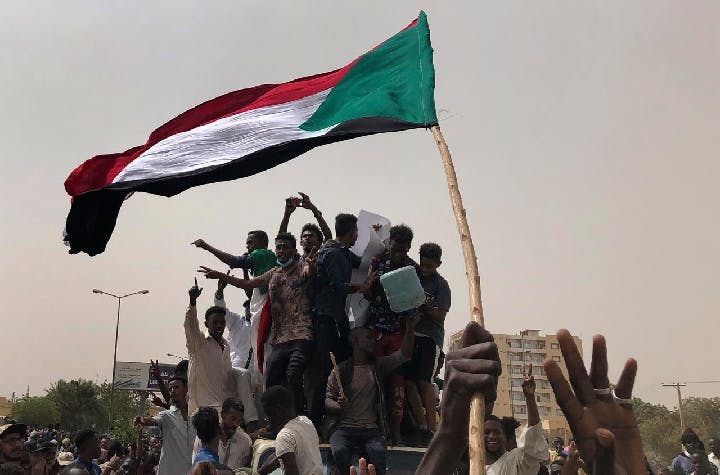Winter 2020
Protests and Principles
– Srdja Popovic
Can the organizing principles of nonviolence help make sense of the wave of 2019 protests – and even predict which ones might succeed?
In Africa, Asia, Europe, and the Americas, a fire of civil resistance blazed around the world in 2019. And citizens around the world who are awakening to the far-reaching effects of the climate crisis have made the tide of protest truly global with actions such as Extinction Rebellion.
Civilians protested against corrupt regimes, repressive legislation, gross human rights violations, exploitative economies and environmental injustice. However, beyond any immediate trigger events, recent popular mobilizations also are driven by a deep seated, emotional discontent created by years of accumulated grievances and thwarted aspirations for progress. As a result, we have not just protests, but persistent civil resistance within these movements.
The far-reaching and sustained wave of global protest and resistance in 2019 attracted considerable media attention. But do news outlets and social media commentators focus on the actual reasons that citizens are mobilizing? Or do they succumb to misconceptions that attempt to place pervasive social movements into narrow regional, geopolitical or ideological “folders?”
As an organizer, I take a different view. What interests me is what protest movements share in common – and the principles they put into practice as they coalesce. If we focus on those things, we often can predict a particular movement’s prospects, and discover why nonviolent forms of protest have more sustained success in achieving their aims.
The Wrong Optics?
The most popular media explanations for protest often center on ideological or geopolitical factors. For example, the recent protests in Lebanon, Iraq and Iran that had coalesced in 2019, before the U.S. drone strike on commander of the Iranian Revolutionary Guard’s Quds Force, Qasem Soleimani, were explained as symptoms of Iran’s waning influence across the Levant. Global unrest from Latin America to the Middle East is viewed through an ideological lens, with suggestions that the public reacts negatively to populism on a broad scale, and rejects authoritarian leaders associated with it.
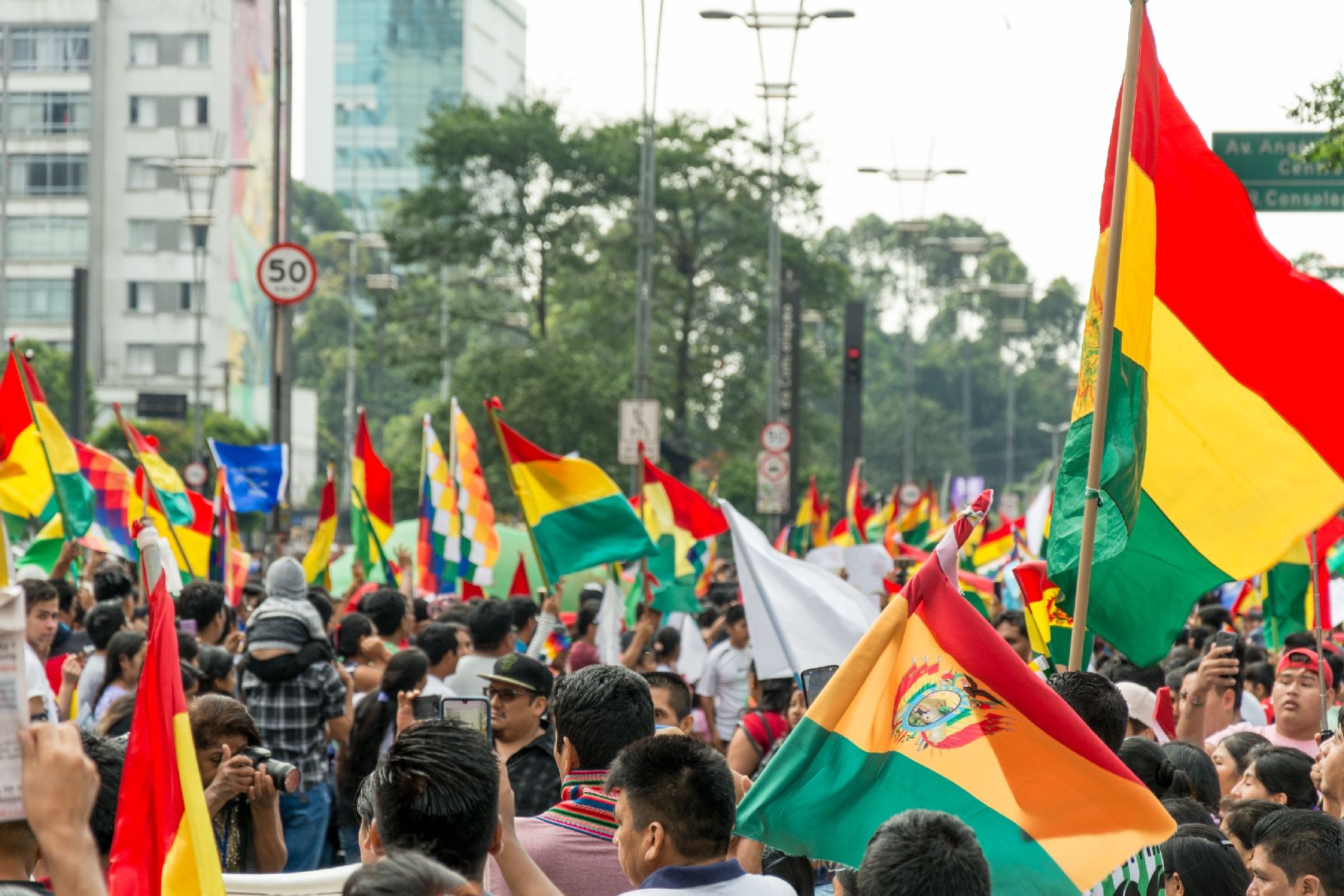
Simply filing protest movements into bins of left and right serves both sides equally well. In Bolivia, for example, the left sees evil forces of the West back an “imperialist” coup – and counts a battle against social injustice lost. Right-wingers and centrists applaud a “democratic outbreak” in the same country. Even a global force such as the climate movement often is explained away by assigning its members allegiances within dominant political narratives.
These explanations have some truth, of course. But frames of thought that deploy political or regional trends rarely offer useful mechanisms to accurately predict the success of any given movement.
As Hardy Merriman, President of the International Center on Nonviolent Conflict, observes, structural conditions “can influence a movement, but they alone do not determine a movement’s trajectory and outcome.” When waves of protest reach not only fragile governments, but also stable democracies and autocracies, it is overly simplistic to point to a single common denominator or trigger.
What does it really tell us that nonviolent movements can be categorized by their motives, such as people organizing against autocracy (Sudan, Algeria, Hong Kong, Bolivia), or people struggling with bread and butter issues (Columbia, Chile, Ecuador, Iran), or people mobilizing against failed and unsustainable systems (Lebanon and Iraq)?
The Washington Post’s Jackson Diehl suggests a different frame: Movements should be viewed through the lens of their outcomes, and that many of 2019’s protests have lacked the “revolutionary” impact of 1989 or 2011 protests.
Do news outlets and social media commentators focus on the actual reasons that citizens are mobilizing?
What the protests of 2019 do have in common is that organizers of “people power” have begun to fill the vacuum left by the failure of existing political elites to address public demands. In many (but not all) cases, 2019 demonstrated that the traditional and institutional ways of creating change – elections, legal systems and dialogue with the elites – are insufficiently effective. So protesters have decided to utilize another form of power to force constructive change.
The climate movement is a perfect example of this trend. The United States withdrawal from the Paris Climate Accord and insufficient progress in tackling the crisis increasingly has mobilized millions of average citizens across the globe with a new sense of urgency to make change.
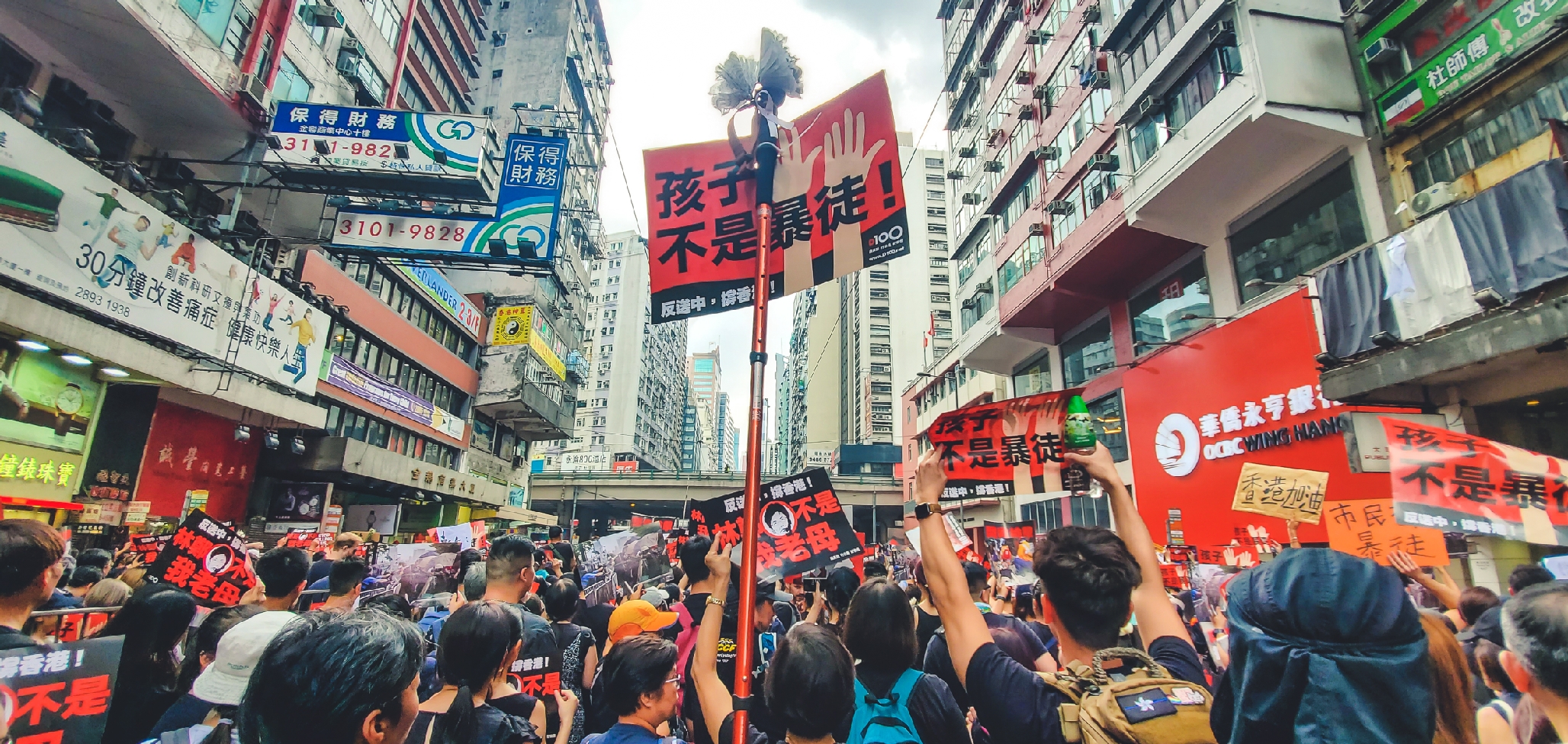
Organizers of nonviolent movements look especially at outcomes, such as those outlined by Maria Stephan and Erica Chenoweth in their book, Why Civil Resistance Works: the Strategic Logic of Nonviolent Conflict. Where are the “successes?” The movements in which the demands of protesters were fully (or partially) met? Where did protests fail?
Geography and ideology are rarely the determining factors in the success of a movement. The movements that reversed government policies in Chile and Ecuador, won fresh elections after voter fraud in Bolivia, and ousted the Sudanese dictator Omar al-Bashir can be counted as successes. Algerians who ousted president Bouteflika but remain stuck within the same corrupt system and rule by military elites, or the resignations of prime ministers in Lebanon and Iraq without substantive changes in the status quo, count only as limited successes. And the perception of “failure” has attached to many movements at present, including those in Colombia, Venezuela, Iran, climate and many others.
Sticking to Principles
If geography and ideology don’t determine success, what does? How can organizers understand how turmoil in one place can feed turmoil elsewhere, or how movements are exacerbated by government reactions? Why is nonviolence often the best strategy for channeling the energy of protest into change?
In my experience, there are four key principles to have in mind in order to understand protest, act effectively in using it, and engineer ultimate success in a predictable way.
Principle One: A Vision of Tomorrow
It is not enough to be “angry and against.” Real social change may begin with anger, but it needs a clear vision of the desired change. Movements need a “Vision of Tomorrow.” One must first define exactly what should happen, and precisely what success looks like.
A clear definition of change is a consistent theme of successful movements. Mahatma Gandhi wanted independence from the British. The U.S. civil rights movement pushed for specific legislation. The color revolutions wanted a change in leadership. These movements could build a strategy around these tangible goals.
Even a smaller organizing point will do in the near term. In the Serbian case of the Bulldozer Revolution of 2000, the ultimate objective was to change the system, but a clear intermediate goal was to oust Slobodan Milošević, who earned the title “Butcher of the Balkans” through his decade in power.
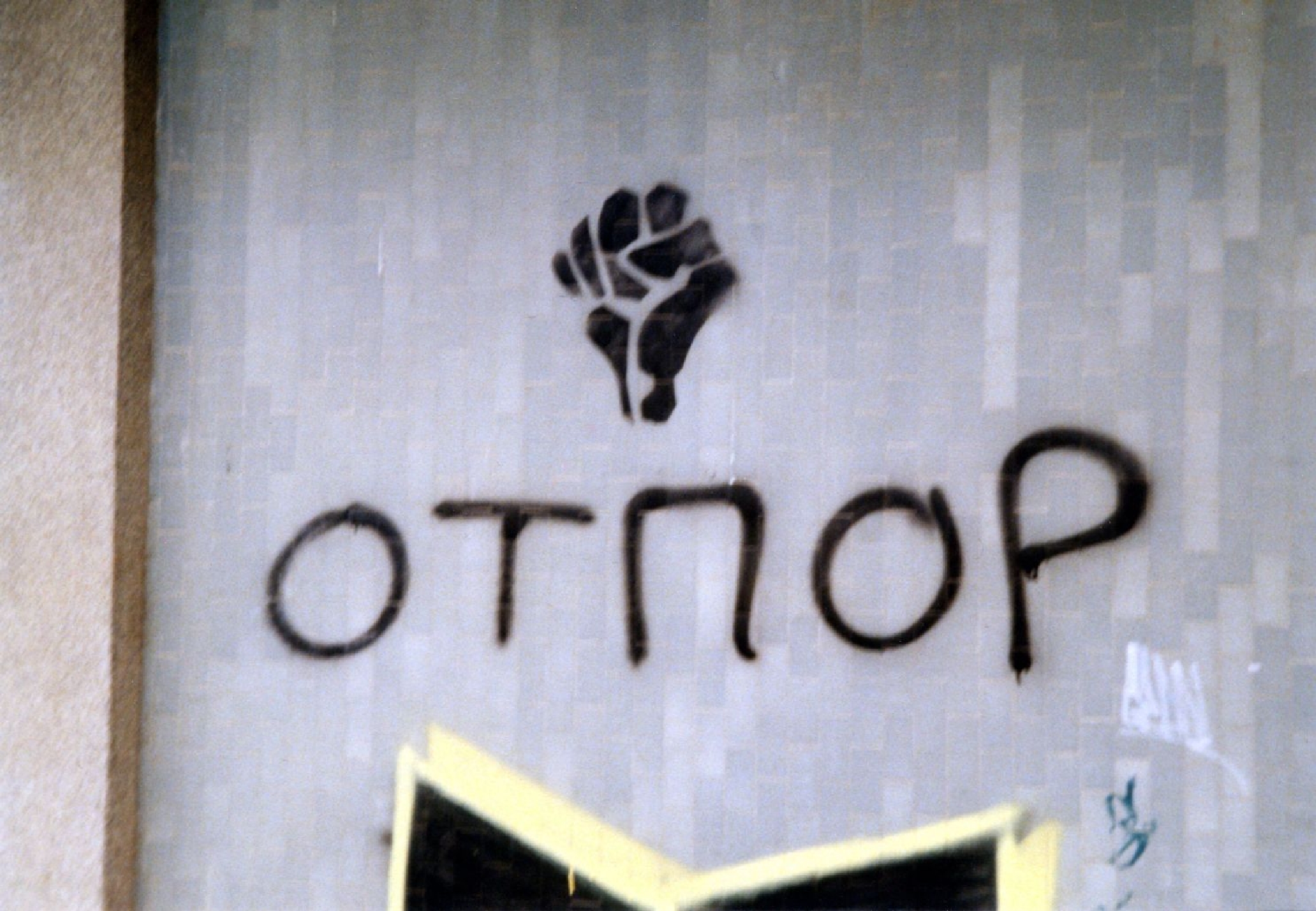
A concrete goal is a useful measure. Take the Women’s Marches of 2017. Was the goal of these actions to raise awareness, introduce specific policies, or to spur on impeachment? Those who marched with such great enthusiasm need to ask themselves: If we could wave a magic wand and create change, what specifically would happen?
Failed movements usually lack this clarity of vision. New York Times columnist Joe Nocera noted that the Occupy movement “had plenty of grievances, aimed mainly at the ‘oppressive’ power of corporations,” but “never got beyond their own slogans.” It is not enough to point out what you do not like. What do you want instead?
Clarity does not mean rigidity, however. Movements should listen, and be respectful, to those who do not hold the same views. Yet clarity is essential, so that everyone knows where he or she stands.
A clear definition of change is a consistent theme of successful movements.
Sudan is one country where clarity is working. The movement in that country, led by the Sudanese Professionals Associated (SPA), drafted the Declaration of Freedom and Change in January of 2019. This document made clear demands for reform in Sudan, called for an end to Oman al-Bashir’s presidency, suggesting a four-year transitional government as a sustainable democratic structure, and condemned the mistreatment of peaceful protestors. It was a manifesto for freedom and a blueprint for strategic action. It attracted support from other groups and communities, both domestically and internationally.
Making a comparison between Sudan and Algeria is irresistible. Sudan is in a fragile but indisputable political transition. Algeria’s year of protests ended in a deadlock. According to indicators such as the Transformational Index, one might argue that Algerians had a better starting point for change, and their strongman was arguably more a benevolent figure. Yet Algerians have not articulated what they want, other than “regime change.” After almost a year of protest, the newly elected regime is still working to stifle what is left of democratic and individual freedoms.
Principle Two: It’s the Unity, Stupid
After clearly defining a desired change, activists must examine their potential spectrum of allies. From whom can they expect active support? Passive assistance? Neutrality? Who will offer opposition? As Sun Tzu wrote in his Art of War, “Know yourself, know your enemy, and know the terrain.” In any social conflict, the spectrum of allies is the terrain.
Successful movements do not win by overpowering their opponents. Instead, they gradually chip away at their support. Activists must start at the receptive end of their spectrum of allies, and eventually work their way through higher and higher thresholds of resistance. First, mobilize active allies and core supporters. Then, engage passive supporters and those who are neutral. Once a movement begins to win over the passive opposition, they are on the brink of victory.

When Harvey Milk sought to expand the LGBT movement, he started with gay people on Castro Street, and then moved to convince straight liberals in the San Francisco Bay area. But it was not until long after Milk’s assassination in 1978 that the movement he helped to pioneer won over “traditional opponents.”
When U.S. Vice President Dick Cheney and other conservative political figures ultimately shifted their position on the issue in the first decades of the 21st Century, the sexual equality movement was on a path to victory. Attracting your opponents, or simply the people you disagree with on some points, is essential in building successful social movements.
Movements must articulate their values with a clarity that persuades others to join the cause.
Poland`s Solidarity movement also illustrates this point. What started as a working-class movement in the shipyards of Gdansk in 1980 succeeded only when diverse groups came together to stand with workers: intellectuals, youth and students, the middle class and farmers, and even the Roman Catholic Church. They agreed to agree on getting rid of communism, while agreeing to disagree on many other socioeconomic issues.
A clear definition of change is a consistent theme of successful movements. Movements must articulate their values with a clarity that persuades others to join the cause. To win, you need to convince others to defect.
Principle Three: The Key Pillars
If any social change aims to be durable, it requires not only personal change in leadership, but also deep institutional changes. Therefore, while it is crucial to recruit allies from every point along the spectrum of potential support, activists must also identify the institutions that have the power to implement the changes they want. These “pillars of power” can be the police, the media, the education system, government agencies, or social institutions.
In his 2004 book, Strategic Nonviolent Struggle-Thinking on Fundamentals, Robert Helvey observes that in strategic nonviolent conflicts, the primary operational focus for planners is the alignment and capabilities of any pillars of support.
.jpg)
In the series of protests over the past three years in Romania, for instance, targeting the right pillars of society produced a sustained string of small victories that accumulated into overall success. In Bolivia, a coalition of environmental organizations, urban youth, the international electoral mission by OAS, and indigenous groups that were outraged by President Evo Morales’ corruption eventually garnered enough popular support to ensure his resignation. Even the police force came to their side during peaceful protest marches, helping Bolivians achieve legislation that guaranteed fresh elections.
Similarly, Sudanese protesters targeted large business sectors with mass noncooperation tactics, while at same time building international support for civilian-led government via the powerful Blue for Sudan social media campaign. Ultimately, President al-Bashir’s military successors were powerless to rule, so they had to concede.
Venezuela’s protests offer a cautionary tale about pillars. Despite massive international support, the efforts of Juan Guaidó and his supporters were doomed from the moment they decided that the only way to enact change was to focus on only one “pillar,” e.g. to transform military support for Maduro into a coup.
Principle Four: The Power of Attraction
One common element in the current wave of uprisings is that most protestors are opting for nonviolent methods over violence. Research suggests movements that maintain this choice are significantly more likely to achieve their goals over time.
Nonviolent discipline can make and break movements, however. Violence by protestors not only allows governments to justify a crackdown, but it also affects a movement’s reputation, and compromises its ability to mobilize numbers. An example of this danger can be seen in Hong Kong, where numbers at protests fall with increases in violence.
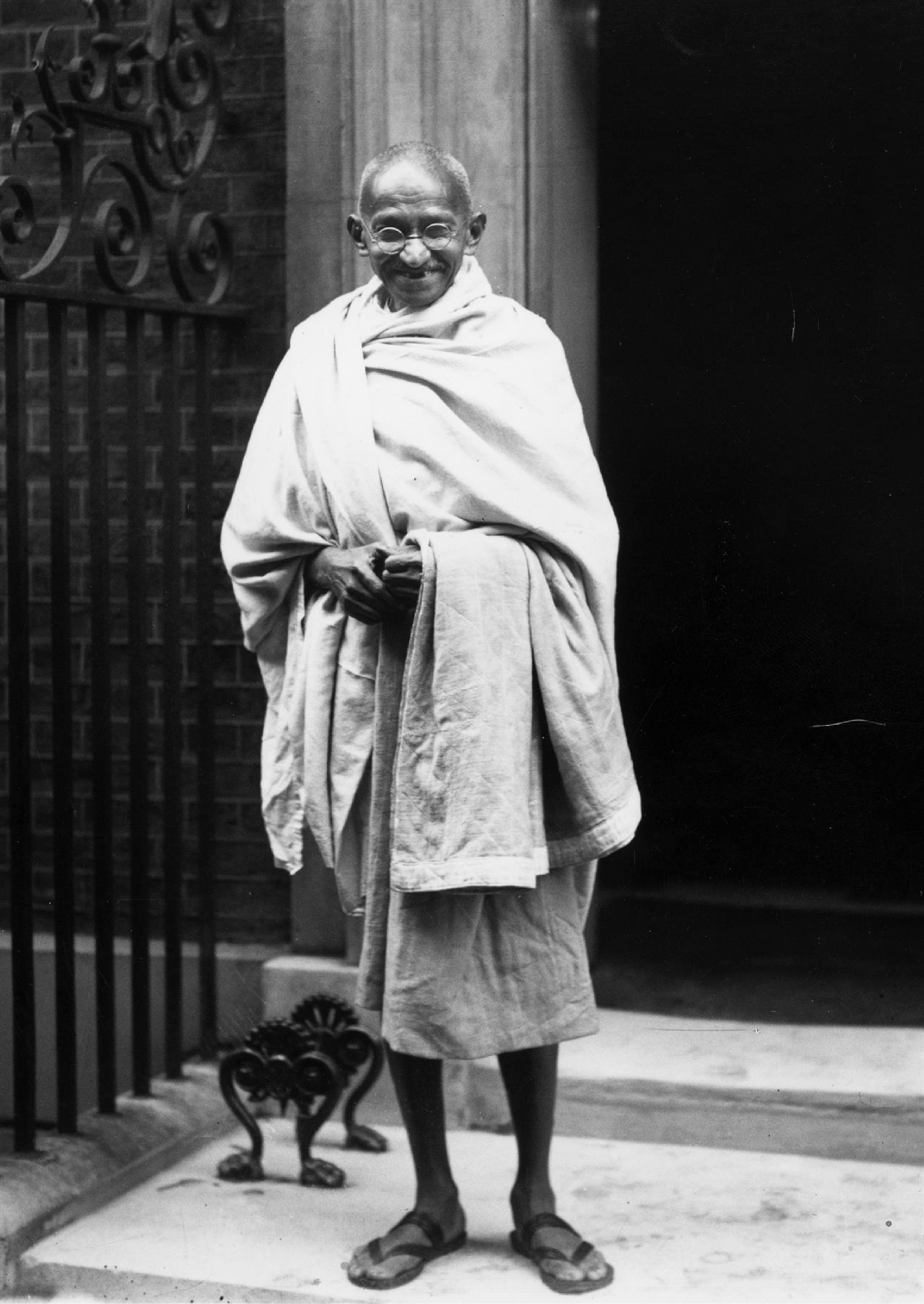
Every movement seeks to correct some injustice, so it is easy to fall into the trap of demonizing the other side. The world is in turmoil, and the temptation to resort to violence is strong – especially when stakes are high and the powers that are being challenged are so pervasive. Practitioners of nonviolent resistance cannot understate its moral essence and its practical effectiveness.
Yet violence is the place where many movements go off the rails. Anger is an effective mobilizer, but anger without hope is a destructive force. Demonstrators must make an affirmative case with affirmative tactics.
This is why it is often best for movements to start with small, achievable goals. Gandhi’s allies questioned his idea to make the salt tax a primary focus of the Indian independence movement, because they favored a plan for comprehensive change. But Gandhi saw that a single issue, even a small one, could unify the nation and break British Raj’s monopoly on power.
Anger is an effective mobilizer, but anger without hope is a destructive force.
Cheap, easily replicable, and low-risk tactics are the most likely to succeed – especially if they are seen as positive and good-humored. Blocking streets and throwing rocks at the police will likely turn off those in the middle of your spectrum of allies, and will make it particularly difficult to gain support from institutions inside the pillars of power.
In Sudan, the SPA meticulously assembled campaigns of consistent nonviolent resistance across Khartoum and dozens of minor cities and towns. Their protest tactics included sit-ins, occupations of major streets, social media initiatives aimed at spreading awareness, and appeals to the international community.
The time invested in these tactics worked. When government forces moved to disrupt protestors at a sit-in on April 6, 2019, many security personnel opted to join the civilians and protect them from al-Bashir loyalists. The SPA maintained a policy of nonviolence throughout the protest period, eroding al-Bashir’s ability to govern, and eventually resulting in his removal from power.
Follow the Roadmap
When civilians rise up to fill a vacuum left by failing institutions and corrupt leaders, attempting to rationalize the movements along merely geopolitical lines or ideological boundaries will not help to make sense of them.

The principles presented above offer a more useful measure, especially for nonviolent movements. Conditions and context matter, but strategic skills matter even more. Are organizers of a particular protest doing these things? If yes, the movement likely will move forward. If no, there is a significant chance it will fail.
We can find make sense of the turmoil of 2019 and predict the paths that these movements will travel, if we direct our attention to whether they possess the substantial and strategic ingredients to achieve victory.
Srdja Popovic is the Executive Director of the Center for Applied Nonviolence Action and Strategies (CANVAS). He has been named one of Foreign Policy’s Top 100 Global Thinkers, and is the author of Blueprint for Revolution. He was previously a founder of Otpor!, the Serbian youth movement that toppled Slobodan Milosevic. He is also the rector of St. Andrews University in Scotland.
Cover Photograph: Sudanese protesters shout slogans as they march during a demonstration against the military council, in Khartoum, Sudan, on June 30, 2019. (AP Photo / Hussein Malla, File)
